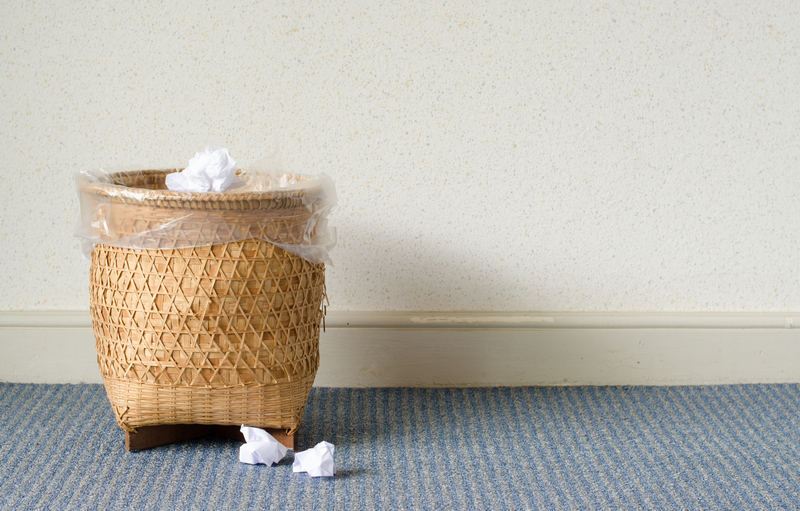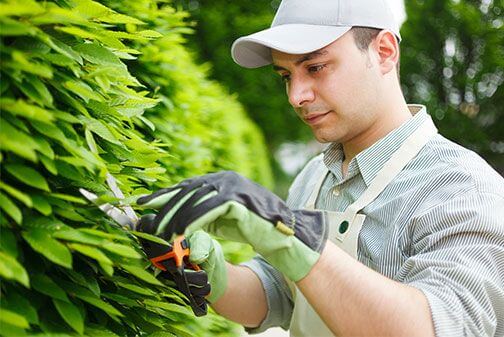Fly-Tipping: Our Collective Responsibility
Posted on 15/04/2025
Fly-tipping, the illegal disposal of waste, remains a pressing issue worldwide. It not only destroys the natural beauty of our environment but also poses significant health risks, impacting local communities and wildlife. Whether it's an old mattress, building rubble, or general household waste, fly-tipping is an unacceptable practice that demands our immediate attention and a collective response.
Understanding the Impact of Fly-Tipping
The effect of fly-tipping reaches far beyond what meets the eye. Illegal dumping sites are often havens for vermin and pests, leading to an increased risk of disease transmission. Contaminants from waste can seep into soil and water sources, causing long-term environmental damage. Furthermore, cleaning up fly-tipped sites costs local authorities millions, diverting funds from essential services.

Legal Implications
Fly-tipping is not just an inconsiderate act; it's a crime. Those caught fly-tipping can face severe penalties, including hefty fines and imprisonment. Countries and local councils have various laws and regulations in place to prevent and prosecute offenders. Knowing these legal implications can act as a deterrent and encourage responsible waste disposal.
The Role of Local Authorities
Local councils play a crucial part in tackling fly-tipping. They provide services such as bulky waste collection and operate recycling centers to make waste disposal as convenient as possible for residents. Additionally, many local authorities have hotlines and online portals for reporting incidences of fly-tipping, enabling swift action to be taken.
Community Engagement
Community involvement is vital in combating fly-tipping. Local residents can organize clean-up drives and educational programs to raise awareness about the negative impacts of fly-tipping. Schools and community groups can also play an essential role by fostering a sense of environmental responsibility from a young age.
Tips to Prevent Fly-Tipping
Utilize Waste Disposal Services: Make use of local recycling centers and bulky waste collection services.
Report Incidents: Use local council hotlines and online portals to report fly-tipping.
Educate Others: Spread the word about the harmful effects of fly-tipping.
Secure Waste: Ensure any waste that needs to be disposed of is properly contained until it can be collected.
Pros and Cons of Various Solutions
Government Interventions:
Pros: Legal actions and penalties serve as effective deterrents.
Cons: Requires significant resources for enforcement.
Community Involvement:
Pros: Enhances community spirit and collective responsibility.
Cons: Relies on continuous volunteer participation.
Technological Solutions:
Pros: Surveillance and monitoring can help catch offenders.
Cons: May raise privacy concerns and require high initial investment.

Takeaways
1. Understanding the severe implications of fly-tipping is crucial for prompt action.
2. Utilize available waste disposal services to ensure responsible waste management.
3. Report instances of fly-tipping to local authorities promptly.
4. Foster a community-oriented approach to tackle the problem effectively.
Conclusion
Fly-tipping is a blight on our communities and environments, demanding a unified and robust response. It is not merely the responsibility of local authorities but a collective duty that each one of us must shoulder. By utilizing proper waste disposal services, reporting incidents, and engaging in community efforts, we can combat this issue effectively. Remember, a cleaner environment starts with you. Let's take a stand against fly-tipping, making our surroundings a testament to our collective responsibility and care.










